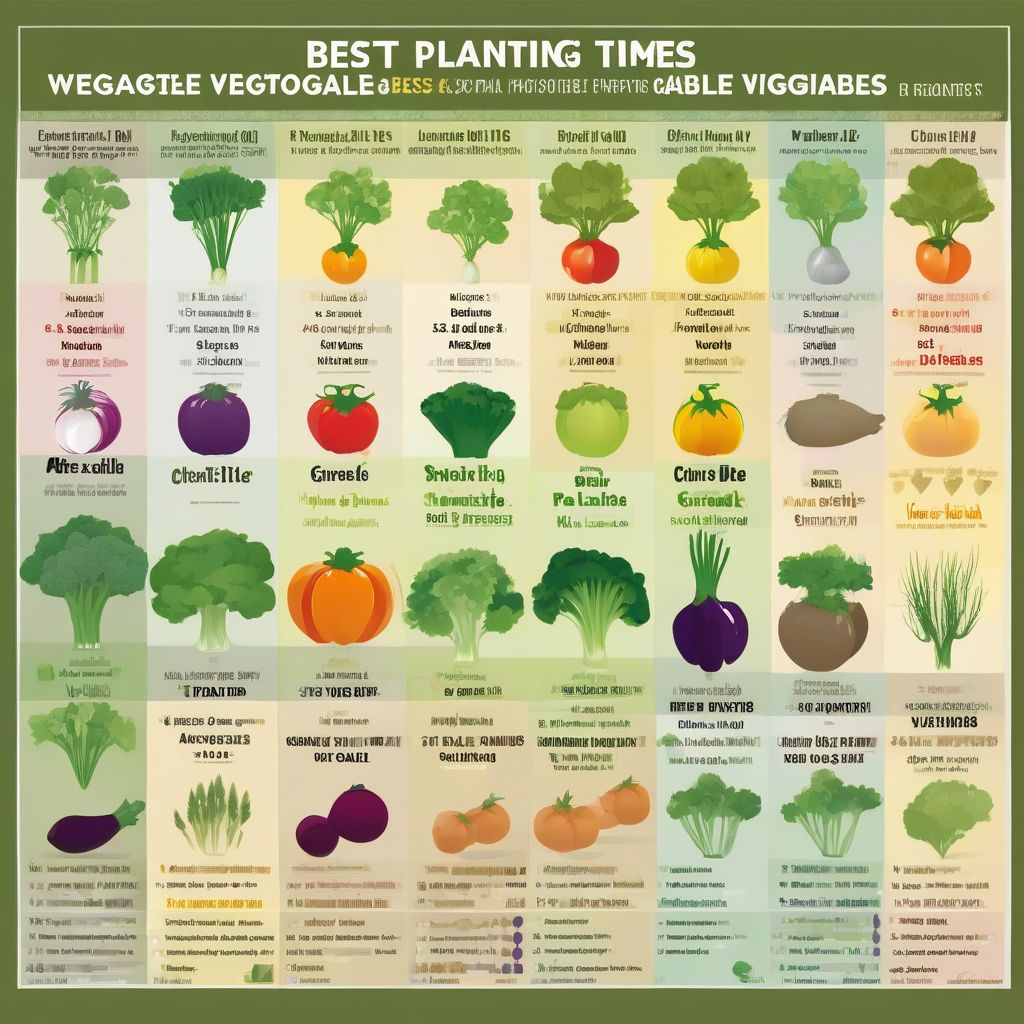“To plant a garden is to believe in tomorrow.” – Audrey Hepburn. This timeless quote resonates deeply with the human spirit, reminding us of the hopeful act of nurturing life and reaping its rewards. But what if your tomorrow looks drastically different from your neighbor’s?
The truth is, planting a flourishing garden isn’t a one-size-fits-all endeavor. Just like we nourish our bodies with different foods based on our individual needs and goals, our gardens too thrive on personalized care tailored to their unique environments.
Whether you’re nestled amongst towering redwoods in a temperate rainforest or basking under the year-round sun of the Mediterranean, understanding your climate is the key to unlocking your garden’s full potential. Let’s embark on a journey to uncover the best practices for planting in different climates, empowering you to cultivate your own piece of Eden, no matter where you call home.
Decoding Your Climate: The Foundation of Successful Planting
Before we delve into specific strategies, it’s crucial to grasp the defining characteristics of different climates and their impact on plant growth. Climate encompasses various factors, including:
- Temperature: This is perhaps the most obvious factor, dictating the types of plants that can survive and thrive in a particular region. Each plant species has a specific temperature range it tolerates, and exceeding these limits can hinder growth, flowering, and fruit production.
- Rainfall: Water is lifeblood to plants, but too much or too little can spell disaster. Understanding your region’s average rainfall and its distribution throughout the year is crucial for selecting appropriate plant species and planning irrigation schedules.
- Sunlight: Like all living organisms, plants need sunlight for photosynthesis, the process of converting light energy into chemical energy for growth. Different plants require varying amounts of sunlight; some bask in full sun, while others flourish in the shade.
- Soil Type: The composition of your soil, whether it’s clay-heavy, sandy, or loamy, directly influences its drainage, nutrient content, and ability to retain moisture.
- Humidity: This refers to the amount of moisture present in the air. High humidity can create favorable conditions for fungal diseases, while low humidity might necessitate more frequent watering.
Once you have a good grasp of your region’s climate profile, you can begin to select plants well-suited to these conditions and adjust your gardening practices accordingly.
 Planting Calendar by Climate
Planting Calendar by Climate
Thriving in Diverse Climates: A Region-by-Region Guide
Let’s explore some best practices for planting in some of the world’s most common climate zones:
Temperate Climates:
Characterized by four distinct seasons, temperate climates experience warm summers and cool winters, making them suitable for a wide variety of plants.
- Best Practices:
- Timing is Key: Start your seeds indoors before the last frost date and transplant them outside once the soil has warmed.
- Embrace Season Extension: Consider using cold frames, row covers, or greenhouses to extend your growing season into the cooler months.
- Mulch Wisely: Apply a thick layer of mulch to help regulate soil temperature, conserve moisture, and suppress weeds.
- Choose the Right Plants: Opt for cold-hardy varieties of vegetables, fruits, and flowers that can withstand occasional frosts.
Tropical Climates:
With year-round warmth and high humidity, tropical climates are a haven for lush, vibrant plant life.
- Best Practices:
- Provide Shade: Many tropical plants, especially seedlings, benefit from some protection from intense sunlight. Use shade cloth or plant taller species to provide dappled shade.
- Manage Rainfall: Heavy rainfall can leach nutrients from the soil. Amend your soil with organic matter to improve drainage and water retention.
- Control Pests and Diseases: Warm, humid conditions can attract a variety of pests and diseases. Practice good garden hygiene, and consider natural pest control methods.
- Choose the Right Plants: Explore the vast array of heat-loving and humidity-tolerant fruits, vegetables, flowers, and foliage plants that thrive in tropical regions.
Arid and Semi-Arid Climates:
These climates receive minimal rainfall and often experience extreme temperatures, demanding drought-tolerant plants and water-wise gardening techniques.
- Best Practices:
- Water Deeply and Less Often: Encourage deep root growth by watering deeply but less frequently.
- Utilize Mulch: A thick layer of mulch is essential for conserving moisture, reducing evaporation, and moderating soil temperatures.
- Choose Drought-Tolerant Plants: Opt for native plants and other species adapted to arid conditions. Succulents, cacti, and certain herbs are excellent choices.
- Harvest Rainwater: Set up rain barrels or other rainwater harvesting systems to supplement irrigation, especially during dry spells.
Continental Climates:
These climates experience significant temperature fluctuations between seasons, with hot summers and cold winters.
- Best Practices:
- Extend the Season: Utilize season extension techniques, like cold frames or greenhouses, to protect plants from early frosts and extend the growing season.
- Amend Heavy Clay Soil: In regions with heavy clay soil, amend with organic matter to improve drainage.
- Choose Cold-Hardy Varieties: Opt for plants that can withstand the region’s cold winters, such as cold-hardy vegetables, fruits, and perennials.
- Protect Against Winter Winds: Consider planting windbreaks or using burlap wraps to shield sensitive plants from harsh winter winds.
Gardening in Harmony with Nature
No matter your climate, understanding its unique characteristics is the first step toward creating a thriving garden. By working in sync with nature’s rhythms and choosing plants well-suited to your region, you can cultivate a beautiful, productive, and resilient garden that brings joy for years to come. Remember, gardening is a journey of continuous learning and adaptation. Embrace the challenges, celebrate the successes, and never stop experimenting!
Your Green Oasis Awaits
Do you have any tips or tricks for planting in your climate? Share your experiences and connect with fellow garden enthusiasts in the comments below! Let’s cultivate a community of passionate gardeners, sharing knowledge and inspiration from all corners of the globe.
[amazon bestseller=”gardening tools”]
